The collections
A rich and varied collection of manuscripts, books, merchandise, posters and contemporary works of art inspired by the author.
The Jules Verne collection, forerunner of the museum
The Jules Verne collection was created in 1955 to mark the 50th anniversary of the author’s death. At the time, it consisted of novels that Jules Verne had dedicated and donated to the City of Nantes.
To promote this collection and support the opening of a future museum, the Bibliothèque Municipale de Nantes set up the Centre d’études verniennes. The Jules Verne Museum opened its doors in 1978 to mark the 150th anniversary of the birth of the Nantes author.

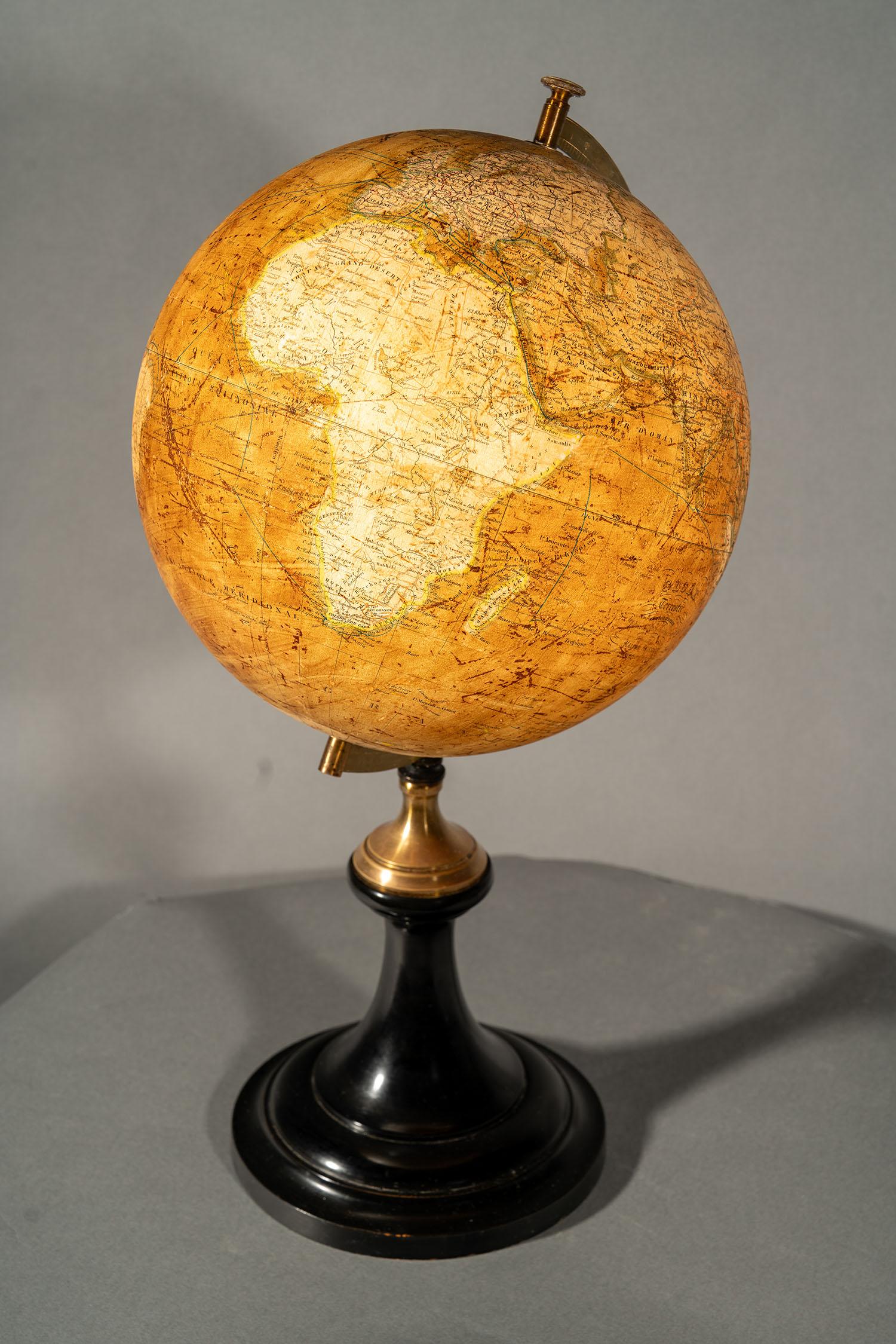
A collection enriched by numerous family donations
In the early years, the museum’s collections were enriched by regular donations from the Verne family, in particular Jean-Jules Verne, Mme Michel Verne, Dr Georges Verne, Mme Claude Guillon-Verne and Mme Bonnier de la Chapelle, granddaughter of publisher Pierre-Jules Hetzel.
In 1966, letters from his family correspondence were added to the collection thanks to a donation from the heirs of Maxime Guillon-Verne. These letters are particularly interesting in terms of understanding the author’s early literary attempts.
More recently, Jean Verne, the author’s great-grandson, donated a number of objects, documents and archives belonging to the writer to the City of Nantes in 2005.
An active acquisition policy
In 1971, the City of Nantes bought the collection of Joseph Laissus, President of the Société Jules Verne (from 1966 to 1969). This collection included hardbacks and posters from the Hetzel publishing house.
In 1981, 95 manuscripts were acquired thanks to the support of the Conseil Général de Loire-Atlantique, the Conseil Régional des Pays de la Loire and the Fondation de France. The deposit of the manuscripts of L’Île mystérieuse, De la Terre à la Lune and Autour de la Lune, completed this priceless literary heritage.
In addition to the manuscripts, which make it possible to follow the development of The Extraordinary Journeys line by line, the collections also include a large number of contextualising objects from the author’s time, as well as many original works by artists from the 19th and 20th centuries who drew their inspiration from Jules Verne’s work.
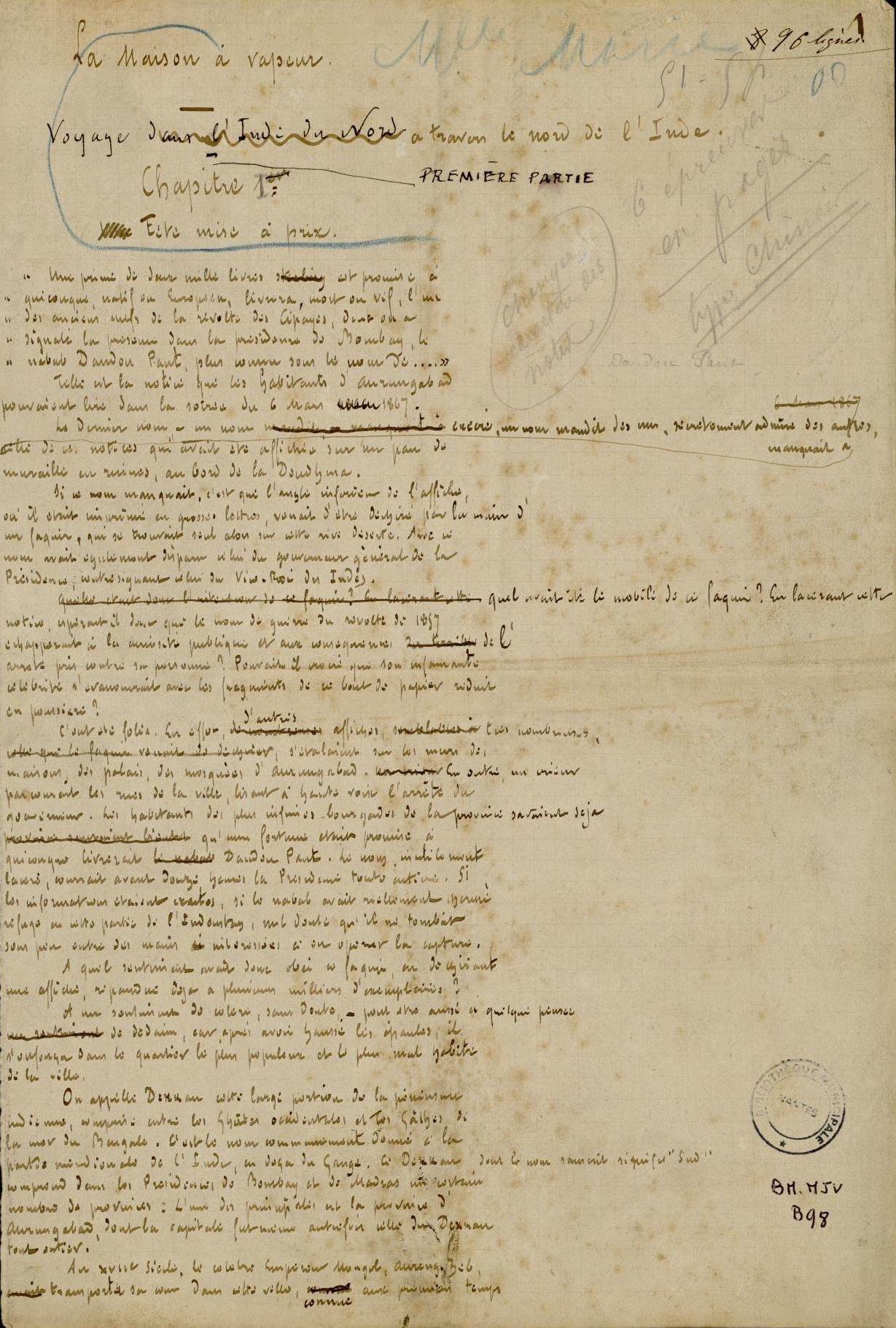
A constantly reinvented collection
The Jules Verne Museum works regularly with contemporary artists such as Benjamin Guyet, Didier Graffet and Benoît Veillard, with whom it has staged a number of temporary exhibitions. These exhibitions are an opportunity for these artists to take full advantage of Jules Verne’s work, while at the same time offering their own contemporary and sometimes offbeat vision. Their creations are a natural addition to the reference collection on the posterity of the work.
The collections have also been enriched by drawings and posters which, while taking a different approach to the work of Jules Verne, also reflect current events. Antoine Moreau-Dusault’s drawing of 20,000 Leagues Under the Sea is a good example.
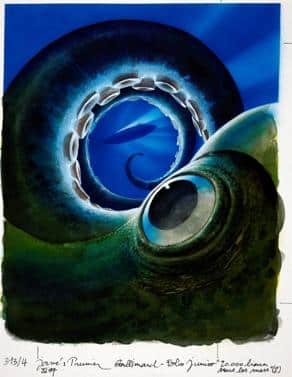
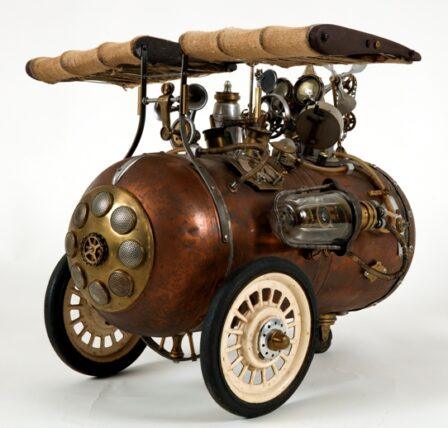
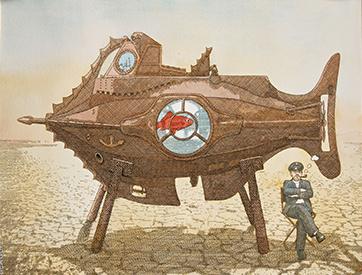
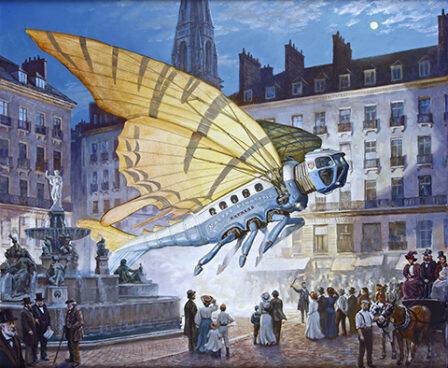

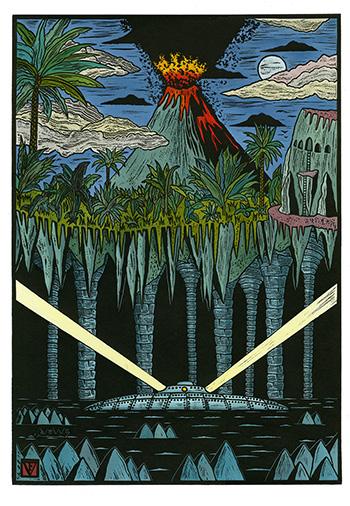
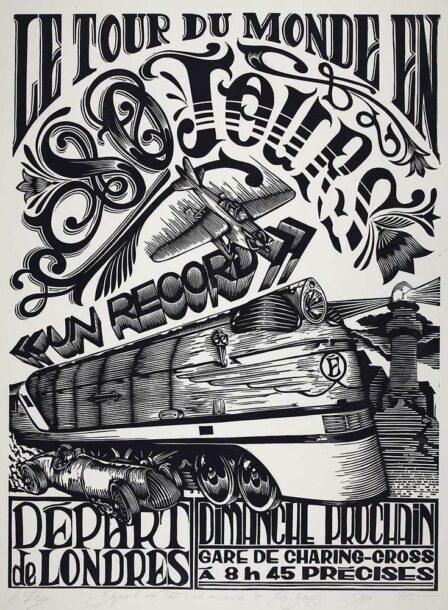
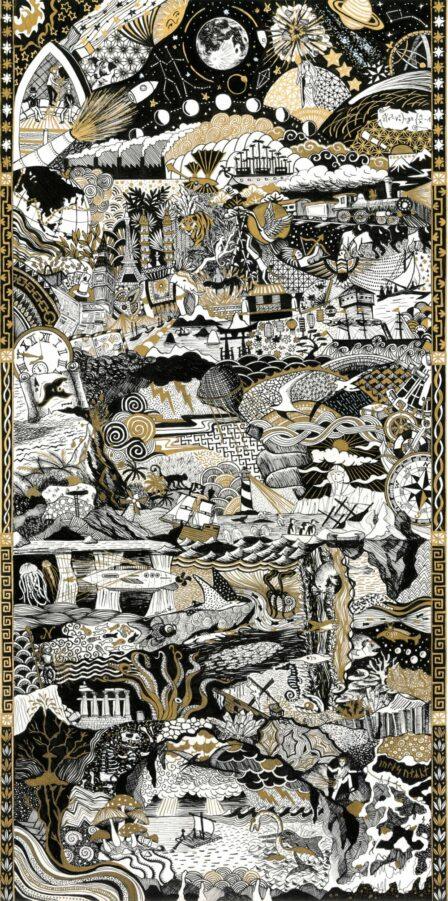
The collections in brief
20000
manuscritps pages
6000
books
1000
posters
